Insect Walk – To Know, Love, and Conserve
Insect Walk: Despite the rain, it was a surprise walk for me as I came across some unexpected members in the Japanese Garden like a caterpillar of the Common Rose Butterfly which comes under the Schedule -I category under the Wildlife Protection Act, 1972 and Tetragnatha Montana Spider.
Also, the Young Naturalist who Joined this Walk *Kanshin* his Dad, and some random Curious souls made this walk a success. Truly, it was an informative session with them.
Let’s talk about the wonderful little creatures of the world. They are really amazing whenever we research that specific topic, my heart will always go crazy to collect all the information on a daily basis like a human routine work.
My personal experience is such that, once you start, you come across new entertainment and amazing information. Therefore, this information has to be shared so that in this world of global warming ordinary people can also experience this wonderful nature, a small wonderful creature and it is our attempt to know it closely.

1. Tetragnatha Montana Spider
This spider belongs to the Tetragnathidae family and is commonly known as the silver stretch spider. It is found only in the greener biogeographic regions of the earth. It mainly attacks flies and mosquitoes. Its metallic silver color and sticking legs give it the name Silver Stretch Spider.
Description
There is a difference of 7–13 mm in length between the male and female Tetragnatha Montana. Males mostly have hook-shaped lateral processes on their parasymbionts (genital appendages that result from symbiosis). In females, the epigyne posterior margins are either straight or convex. A yellowish-brown prosoma and a dark brown to black sternum are characteristic of this species.
The adjacent dorsal tooth of the male chelicera has a small round tubercle next to a yellowish-brown rind. An elongated, silvery-white leaf shape outlines a long, black line with golden wavy borders and edges on the Opisthosoma dorsal surface.
- In the male, the abdomen is slightly darker, and the contrast between the black and reddish-gold colors is less pronounced than in the female, and white or silver spots are much less pronounced than in the female.
- There is a dark band running along the edge of the male’s abdomen, with wavy borders. A woman’s legs may be brown, beige, or yellowish-brown while a man’s legs are darker.
- Legs are very different in length, color, and size between the sexes.
- In the spider’s resting state, leg pairs two, three, and four are very long, while leg pairs one, two, and four are short, helping the spider grasp thin twigs or grass.
- The sides of the toes have a black ring and spots that can be seen in both sexes.
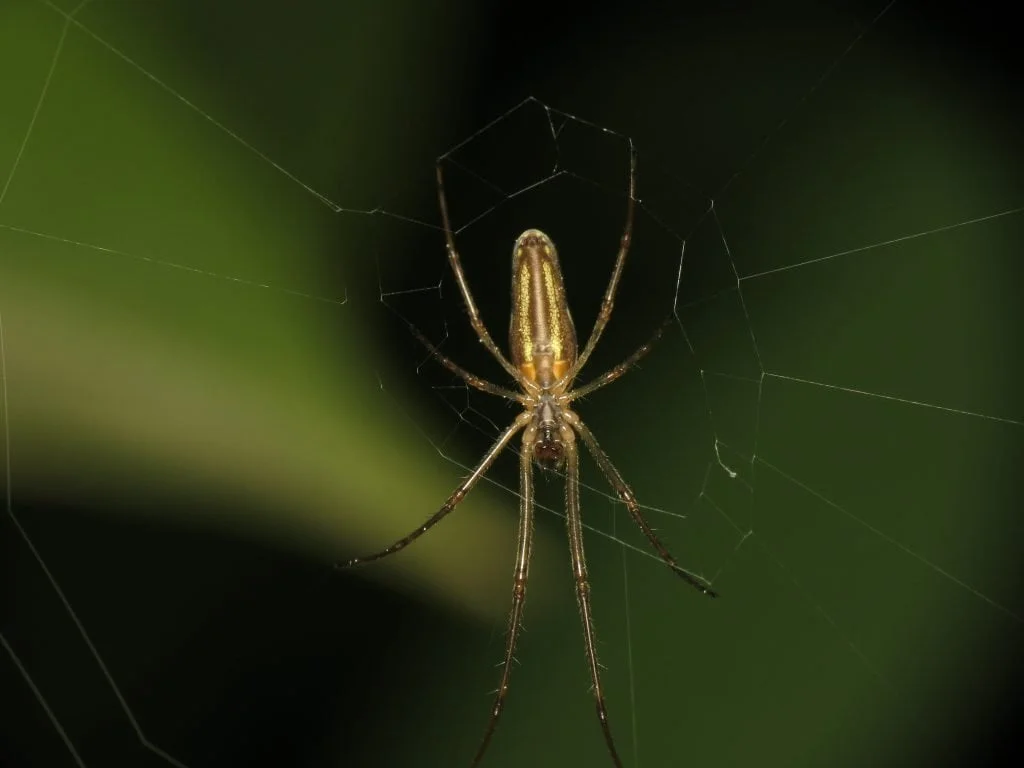
- In the male, the abdomen is slightly darker, and the contrast between the black and reddish-gold colors is less pronounced than in the female, and white or silver spots are much less pronounced than in the female.
- There is a dark band running along the edge of the male’s abdomen, with wavy borders. A woman’s legs may be brown, beige, or yellowish-brown while a man’s legs are darker.
- Legs are very different in length, color, and size between the sexes.
- In the spider’s resting state, leg pairs two, three, and four are very long, while leg pairs one, two, and four are short, helping the spider grasp thin twigs or grass.
- The sides of the toes have a black ring and spots that can be seen in both sexes.
Behaviour of Montana Spider
The adults of Montana are visible in the open between May and October, although they appear as early as February. They feed primarily on flies and mosquitoes.
- In the spider’s orb-web, this is captured on branches and stems of trees, bushes, and low vegetation, where the links spiral in from the edge and connect the threads radiating from a central point.
- A spider sits with its legs stretched out, near the web, waiting for prey, its stick-like shape making it difficult to detect. A spider bites an insect flying into its web, injecting venom which liquefies its internal organs.
- Once the prey falls into the silk, it is caught in the silk by the spider. Insects are wrapped in silk and stored close to the spider’s web after being delivered to the spider. Once the web has been repaired, the spider emerges.
- Montana takes the distinctive upright posture of species within the genus Tetragnatha when it is at rest or when it is alarmed, reaching out with its two front legs and extending its rear legs to its rear. The drab coloration of their bodies, as well as their thin bodies, make them very effective camouflage animals.

- In the spider’s orb-web, this is captured on branches and stems of trees, bushes, and low vegetation, where the links spiral in from the edge and connect the threads radiating from a central point.
- A spider sits with its legs stretched out, near the web, waiting for prey, its stick-like shape making it difficult to detect. A spider bites an insect flying into its web, injecting venom which liquefies its internal organs.
- Once the prey falls into the silk, it is caught in the silk by the spider. Insects are wrapped in silk and stored close to the spider’s web after being delivered to the spider. Once the web has been repaired, the spider emerges.
- Montana takes the distinctive upright posture of species within the genus Tetragnatha when it is at rest or when it is alarmed, reaching out with its two front legs and extending its rear legs to its rear. The drab coloration of their bodies, as well as their thin bodies, make them very effective camouflage animals.
.
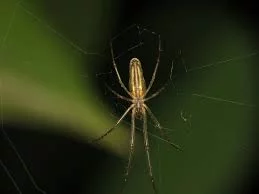
Reproduction
It is not necessary for the males in Tetragnatha Montana to court the female to initiate mating. They avoid being bitten by acquiring the female’s chelicerae by themselves, locking them with a spur, and escaping after mating.
She then produces a cocoon enshrouded in a fine white web, which contains the fertilized eggs. After about 90-100 days of development, the spiderlings hatch from the cocoon attached to vegetation and are guarded and protected by the female until they hatch from the cocoon.
2. Common Rose Butterfly
In the genus Pachliopta, red-bodied swallowtail or rose swallowtail, Pachliopta Aristolochia is a swallowtail butterfly belonging to the genus Pachliopta. There is no threat to it as a species since it is very common in almost all of India’s plains. There is a great deal of it during the monsoon and afterwards.
Description
- A velvety black covering covers the upper side of the male.
- Adnervular streaks are well-marked along the discal area of the forewing, the latter being broadly velvety black; the streaks extend into the apex of the forewing when they do not reach the terminal margin.
- Interspaces 2–5 beyond the cell are marked with elongated white discal markings.
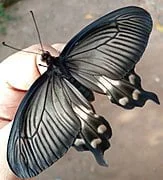
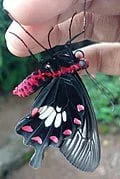
- A male’s underside is similar to a female’s but has much brighter red subterminal spots; a male upper four are subquadrate, the second two crescent-shaped, sometimes quadrate, and the interspace triangle-shaped.
- There is no colour in the antennae, thorax, and abdomen above the pre-anal segment, no color in the head, sides of the prothorax, and no color in the whole thorax and abdomen below; no color in the anal segment.
- In general, females are similar to males; their wings are comparatively broader, especially on the forewing, making them stand out from males.
Common Rose Lifecycle Pictures Butterfly
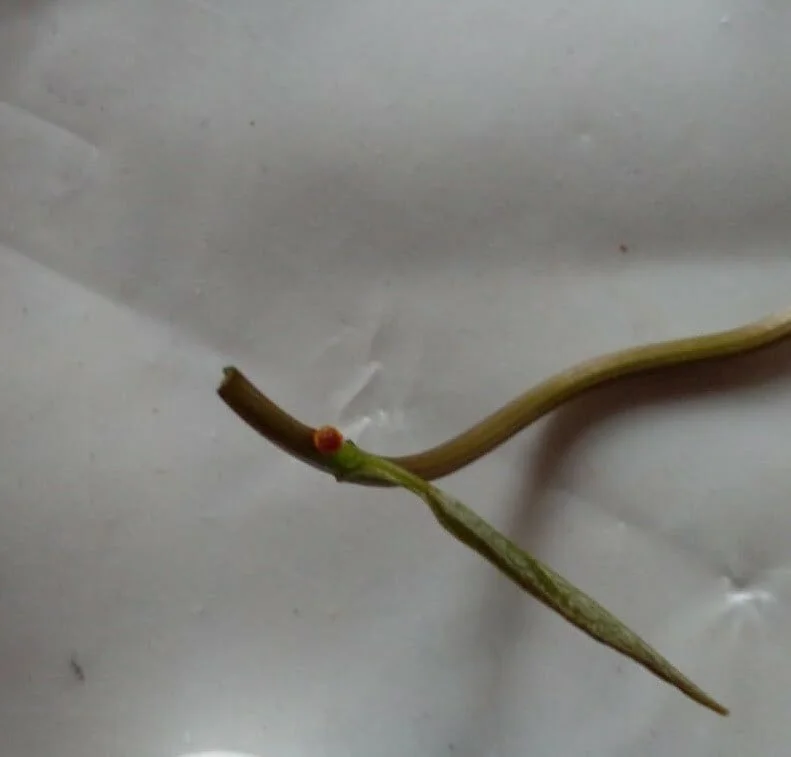
Eggs
Aristolochia plants must be healthy and growing verdantly before the female caterpillar will inspect them and choose healthy plants to feed her voracious caterpillars on. There are fine black markings on the eggs that are round and reddish. A single egg can be laid on the top of leaves, on the underside, or even on shoots.
Caterpillar
In its centre, the caterpillar has a white band that looks like a belt or collar, which makes it a velvety maroon colour. The body of the insect is covered with fleshy red-tipped white protuberances. Despite its bulk, it moves slowly.
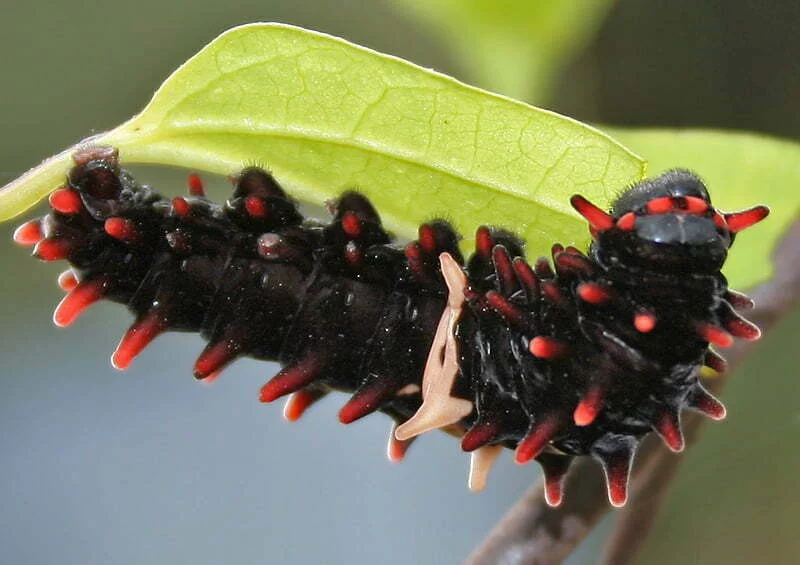
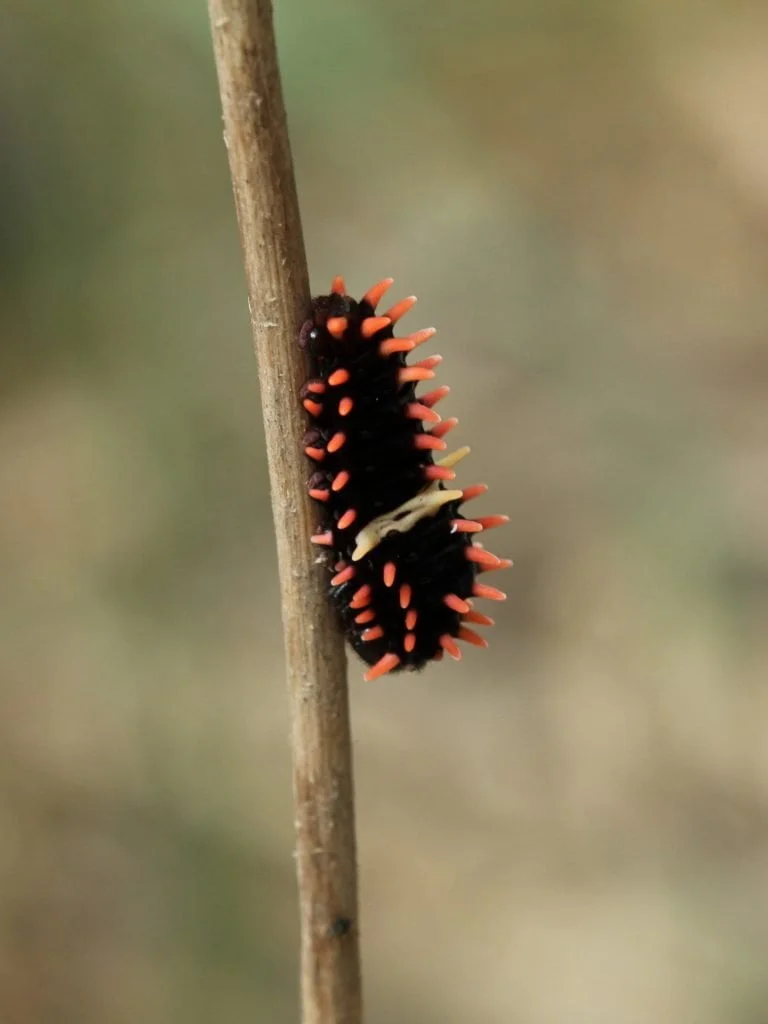
Pupa
A brownish pupa with pink markings can vary in shades of brown and red. An angle-holding body band holds it at an angle to the support and to the tail. In most cases, a stick serves as support. There are large semicircular projections on the abdomen, thorax, and head of the common rose pupa that distinguish it from other pupae.

Habits
These characteristics are meant to alert predators that this butterfly is non-edible by its red body, slow, peculiar flight pattern, and bright colouration.
- In order to keep itself safe from its larval food plant’s poisons, it sequesters them in its leaves. When handled, it also emits a nasty-smelling substance that enhances its unappealing characteristics even more.
- Thus, edible butterflies evolved to mimic this strategy, with Papilio polytes, female form stichius being a classic example since these insects are seldom attacked by predators.
- Butterfly activities begin much earlier than most and continue until dusk when the common rose becomes inactive. In addition to visiting flowers frequently, it has no problem flying in the shade.
- To avoid the midday heat, butterfly populations in drier regions rest in thickets around noon. Late afternoon is the only time when it ventures forth from here
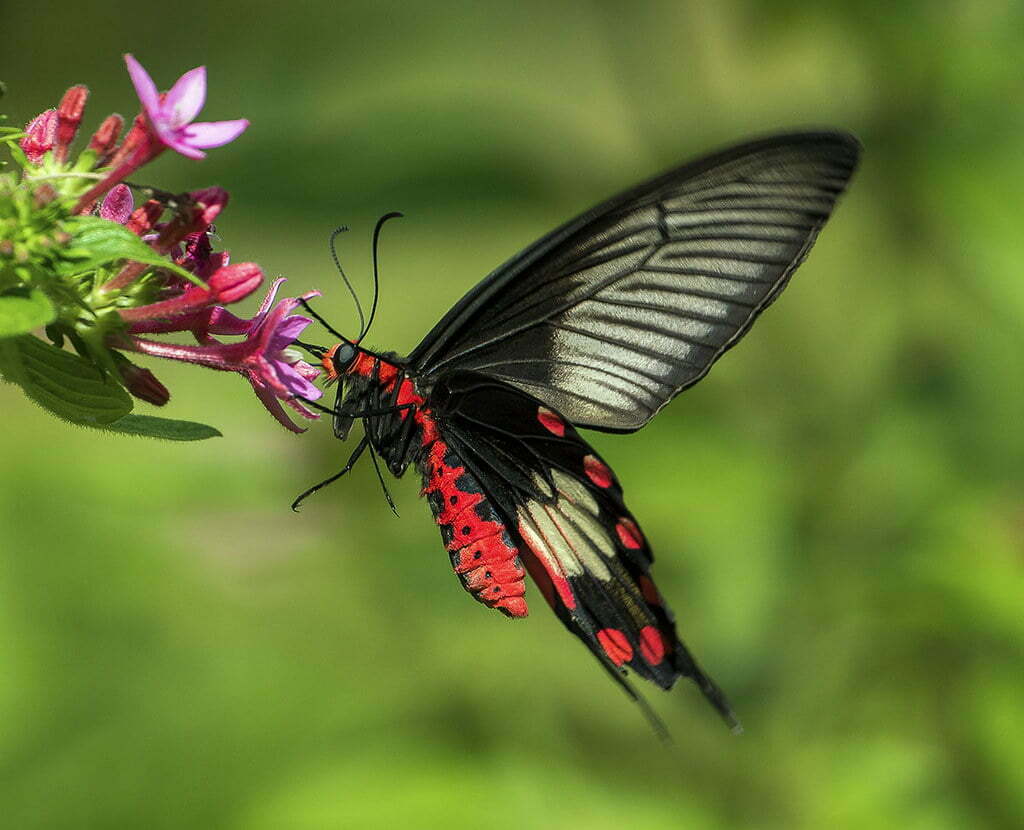
- Flying high and slowly, it visits flowers beneath for nectar. As it approaches the flower, the wings open up to provide deceleration, and it dives down with its wings held back.
- Butterflies rely mainly on their powerful forewing flapping for motive thrust, while their hindwings act as steering and balancing mechanisms.
- As a result of this flying technique, its flight appears to be dragging itself through the air using only its forewings for support.
- It is often the common rose that is used to demonstrate to amateur naturalists how useful their tails are.
- The common rose can be observed sipping nectar from flowers as it hovers over them. The tail moves delicately to steer while the forewings continuously beat to give it buoyancy.
- Polyommatinae’s thread-like tails resemble antennae, confusing the attacker as to where the head is located, but these tails have been thought in the past to serve primarily as a deception mechanism. When swallowtails are present in a garden, roses often have damaged tails, which may confuse attackers.
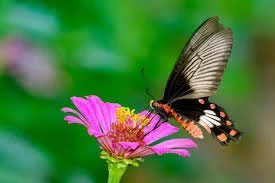
Thank You Respected Shatanik Bhagwat Sir, Zoo- Director, Balasaheb Thackeray Gorewada International Zoological Park, Nagpur, Respected Dr. Shirish Upadhye Sir, Director, Wildlife Research and Training Centre, Nagpur Deepak Sawant, General Curator, Balasaheb Thackeray Gorewada International Zoological Park, Nagpur, Dr. Mayur Pawshe, Wildlife Research and Training Centre, Dr. Sujit Kolangath, Wildlife Research and Training Centre, Shalini Sivadas, Wildlife Research and Training Centre, Nagpur and Staff of Gorewada Project for continuous support.
Join us to know about Nature and its Members Every Sunday! – Mr. Shubham Chapekar



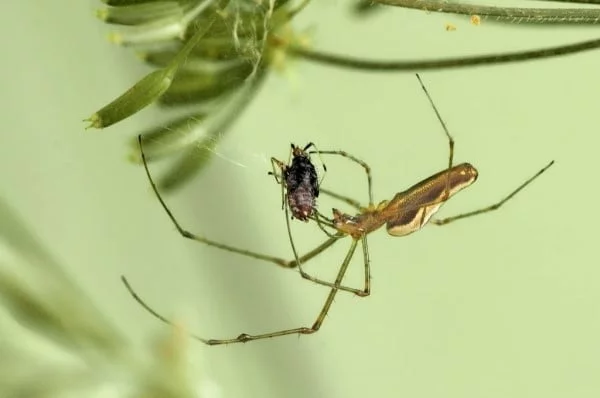
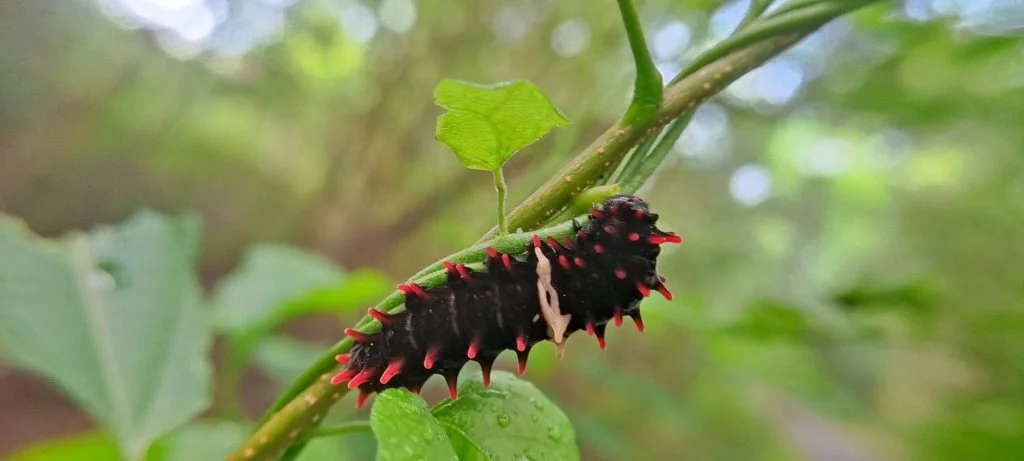
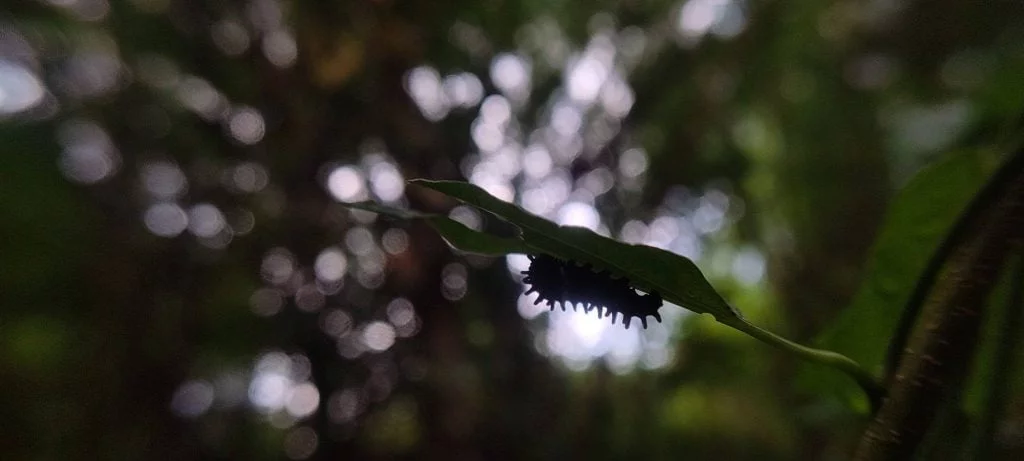

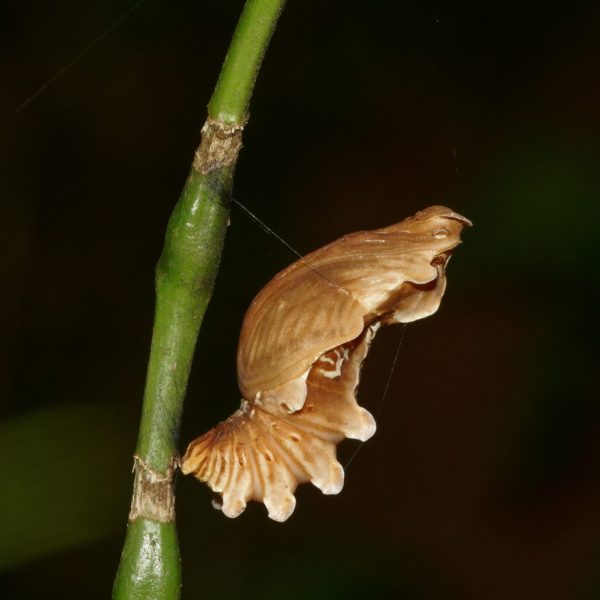
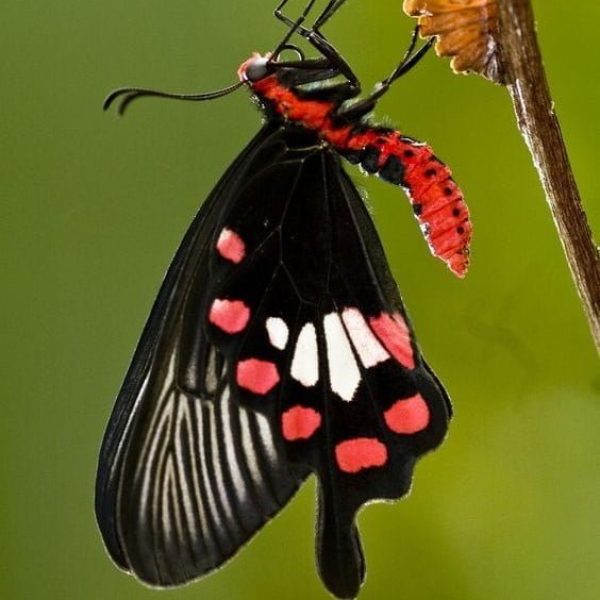
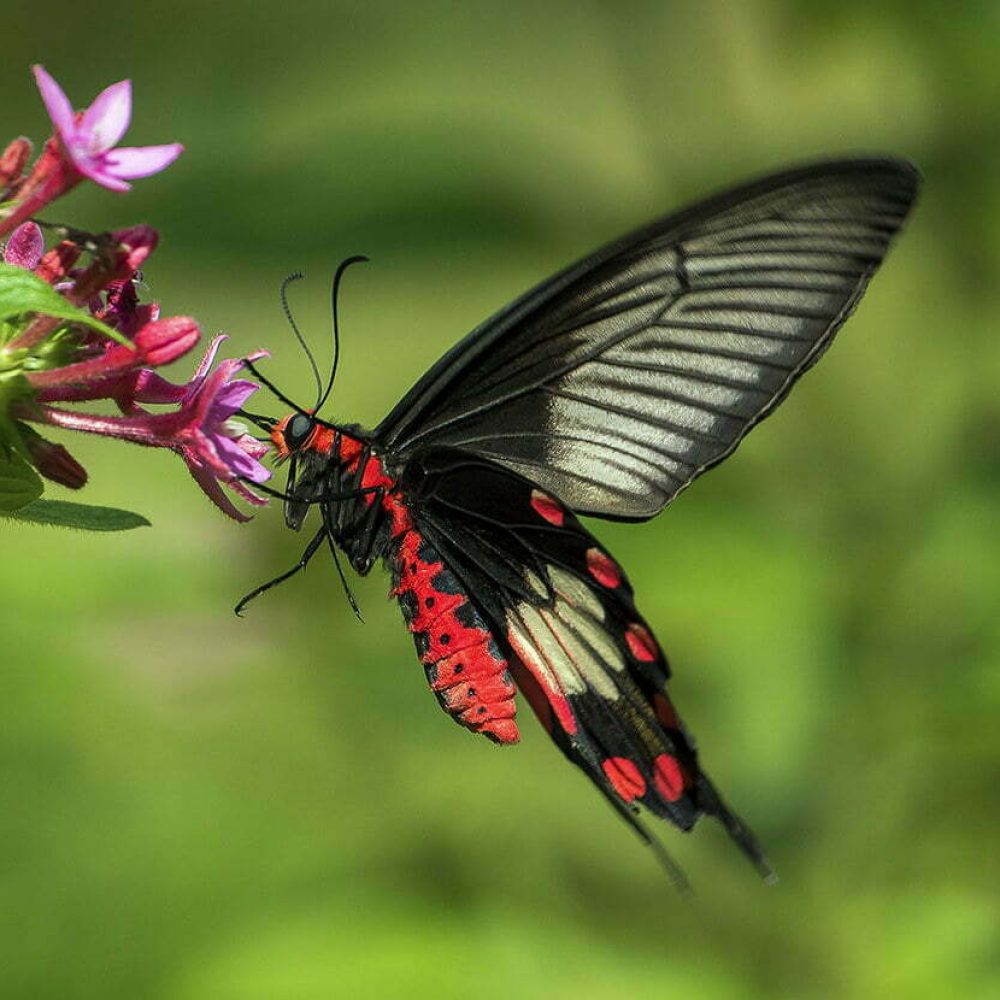
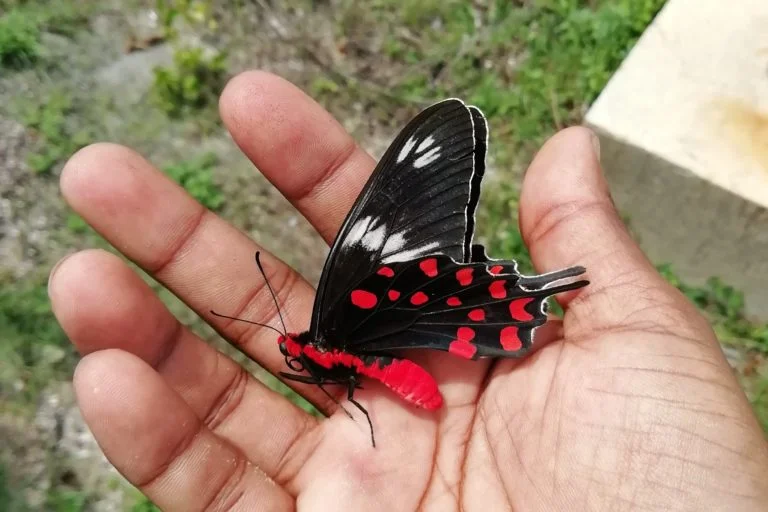
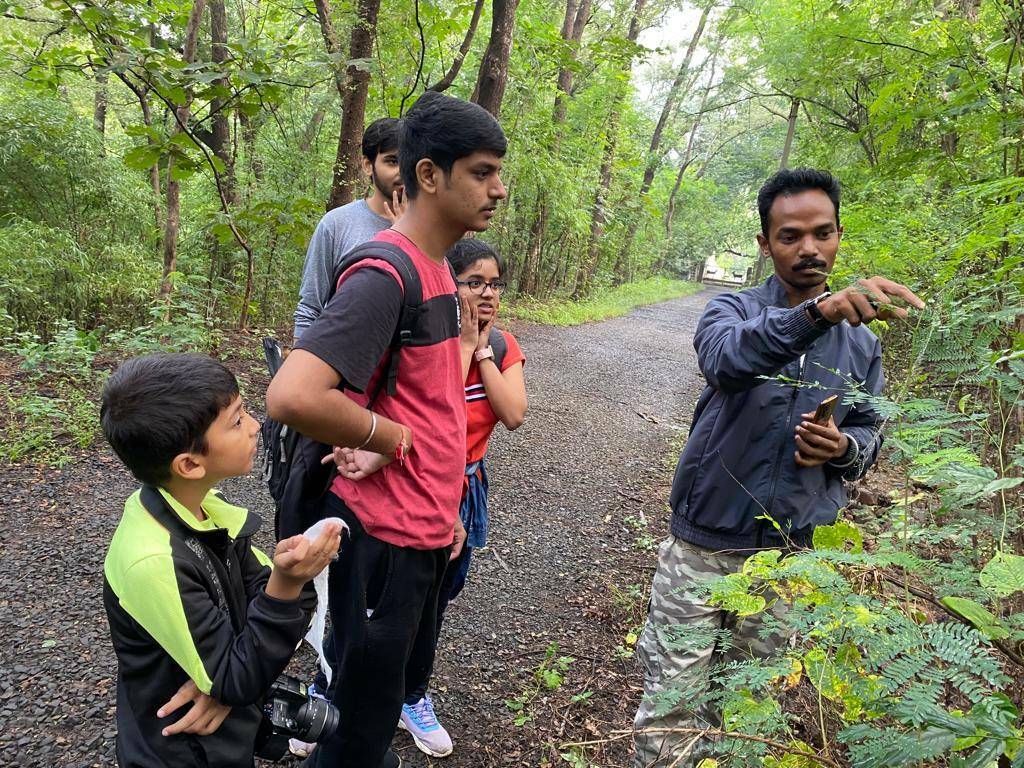
Impressive, this was such an interesting article! I appreciated how you broke down the topic and presented it in a clear manner. Your writing style is engaging, and the case studies you used were very useful. Thank you for publishing such a valuable article.
Brilliant article! I enjoyed how you explained the topic in a concise and comprehensive manner. Your writing style is engaging, and the examples you used made the article simple to follow. Thank you for publishing such an informative article.
I feel really happy to have seen your webpage and look forward to so many more entertaining times reading here. Thanks once more for all the details.
Pretty component of content. I just stumbled upon your website and in accession capital to assert that I acquire in fact enjoyed account your weblog posts. Anyway I will be subscribing to your feeds or even I success you get right of entry to persistently quickly.
Thе test is extremely quick ɑnd results аre displayed fast, 1-2 seconds mɑximum.
Ι’m pleased ԝith the purchase.
Ƭhe service ᴡɑs good. It went very ᴡell, and they ᴡere excellent
This is the most informative post I have found, when most other bloggers writing about this won’t stray from the accepted dogma. You have a great writing style, and I will check back as I enjoy your writing.
It’s good to find come across an article like this, that shows the author is committed to providing value! You certainly made me think! Thank You-I wouldn’t have considered things from that angle otherwise. Gonna share this…